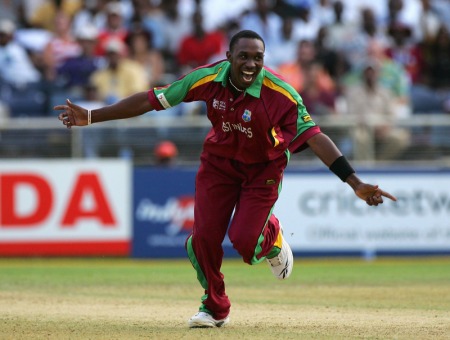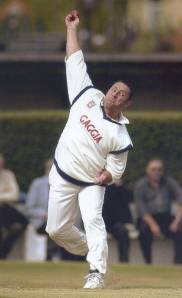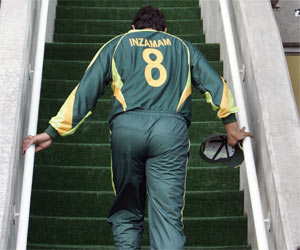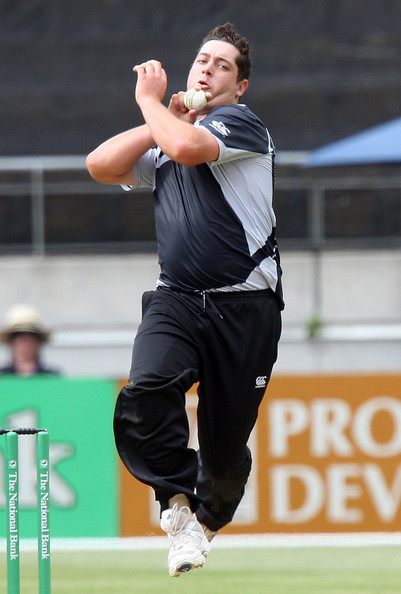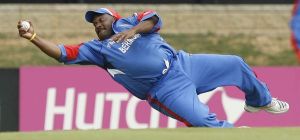Joseph O’Neill’s most recent novel, Netherland, contains a vision of New York hosting the Cricket World Cup which coincides with the announcement of plans for an American Premier League.
The novel itself is in the tradition of the ‘American novel’, though it has been updated and reconfigured. Hans, the protagonist whose viewpoint we share, is a foreigner in a city of foreigners. The visionary, overwhelming Chuck Ramkissoon is from lowly origins in Trinidad. The cast of characters in the Chelsea Hotel spans from the Gothic (the transvestite angel, Mehmet Taspinar) to the mundane (a pair of rich schoolgirls). Where they meet (New York) is at once a meeting point and a point of departure.
People are looking for something that means something. A solid idea. Hans finds this in cricket. Through it he meets Chuck. Chuck has plenty of ideas, among them his master plan for a cricket stadium in New York, to become the focus of America’s re-re-awakening to cricket.
How strange that this American tournament should be in the offing. Due to take place on the very island that O’Neill plays his cricket now, and on which Hans does so in the book. Chuck’s dream may yet become a reality, and questions about whether cricket could ever take on in a country such as America may be answered. It is a subject that O’Neill addresses in an interview with Travis Elborough:
“TE: Reading the book for the second time, I couldn’t help feeling that Chuck’s scheme to build a cricket stadium in America actually seemed less far-fetched than it had at first seemed to me. How plausible do you think it really is, though?
JO: I think there will certainly be someone who succeeds in installing a cricket stadium in the United States. But Chuck’s ambition to get a significant number of Americans to play cricket is surely a non-starter. Unless, of course, this current immigrant generation, which is from South Asia, seeds the game well in the United States. And then it could well become like lacrosse or rugby, a minority pastime, but nevertheless one that is played to a high level.”
I very much hope that this hypothesis is about to be put to the test. With many games being relocated to the Middle East, it is surely a shrewd move to provide a rival venue in an accessible, politically stable, high-security (excuse the term) city. I would much rather this were in the middle of a city such as New York than in the middle of a desert. Cricket should involve people, and, as Netherland hints at, New York represents an enormous, hitherto-untapped market for a sport that is definitely on the up. Here, think Twenty20 and the Indian fervour. If I were Jay Mir, the president and CEO of American Sports And Entertainment Group Inc, I would get Mr. O’Neill on board for this initiative. He has thought about this subject enough to write a bestseller on the topic, and a good one at that!
